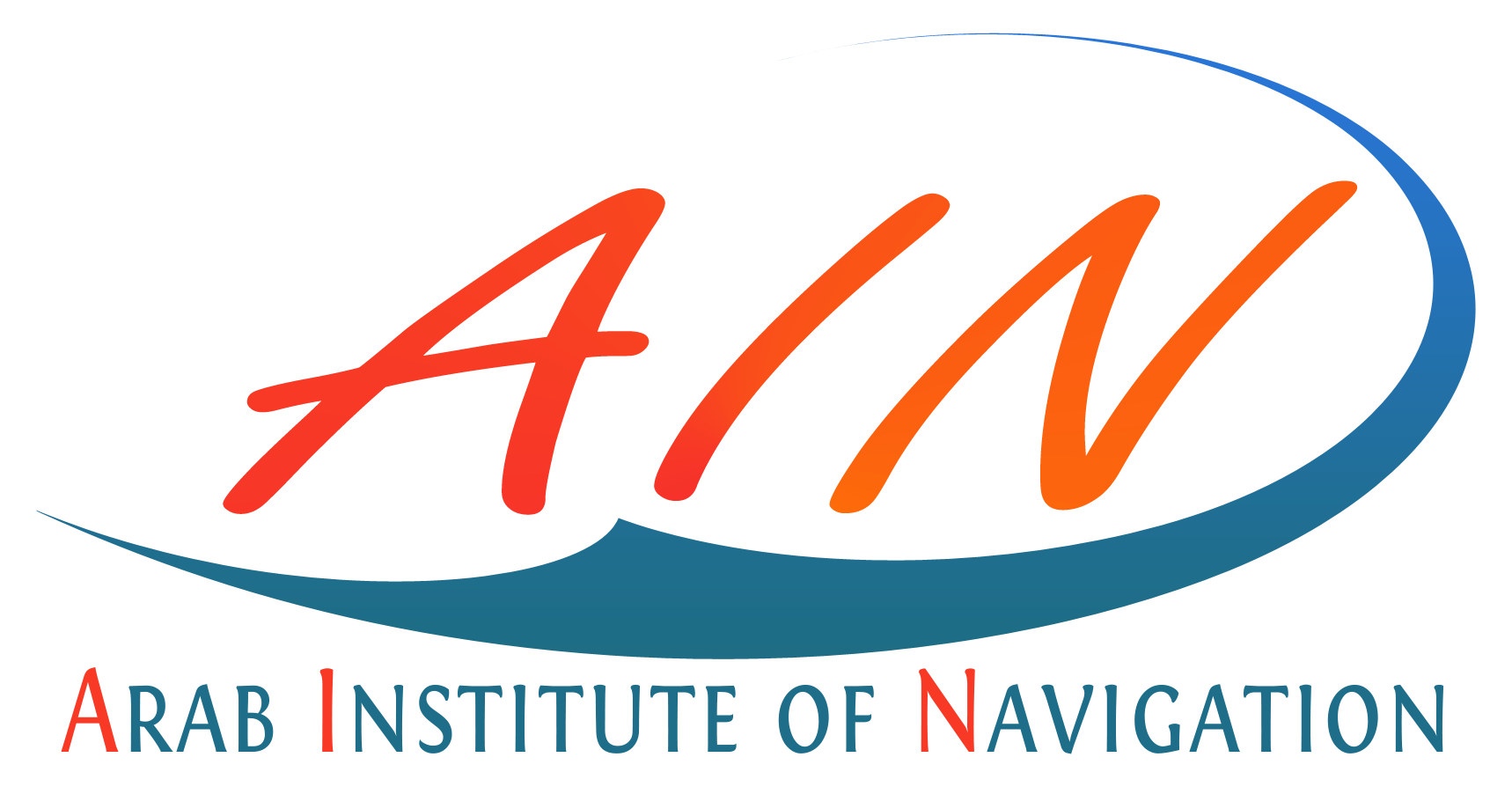| Technological Innovations in the Maritime Sector: A Comprehensive Analysis of Intelligence Knowledge and Industry Dynamics for Graduates Adaptation |
| Eslam Abdelghany E. Mohamed, Capt. Ahmad Elnoury |
| DOI NO. https://doi.org/10.59660/467315 Received 08/08/2023, Revised 19/40/2023, Acceptance 22/06/2023, Available online and Published 01/07/2023 |
Abstract
Interpersonal skills used by mates, such as situational awareness, decision-making, workload management, communication, and leadership, complement the requirements of the International Convention on Standards of Training, Certification, and Watch keeping for Seafarers (STCW) 1978, as amended. The GMP taxonomy helps categorize these skills, including leadership, which can be developed through cognitive growth and emotional attributes (Fjeld et al., 2018).
There have been few studies on Artificial Intelligence (AI) in maritime education, resulting in a gap between the maritime industries and education (Yang et al. 2019; Mirovi and Milievi et al. 2018). However, Zhang and Lam (2019) discovered that the primary impediments to enharmonic development in the marine sector are a lack of executive sponsorship and a lack of expertise. This paper demonstrates the importance of developing maritime education, bridging the gap between technological progress and the readiness of maritime institutes to change the honor and capabilities of crew and staff on board modern ships, by reviewing the various methods that can be used to change education and training, such as an AI and Virtual Reality techniques (VR). Moreover, it employed the Statistical Package for the Social Sciences (SPSS) technique to acquire the outcomes. revealed that graduates exhibit greater unease than professionals regarding potential expulsion from the workforce, believing that their acquired expertise and computational thinking skills will not facilitate employment in diverse sectors of the maritime industry. A descriptive approach was employed as the chosen methodology for capturing a comprehensive understanding of the efficiency of the new technology.
